
All categories
Featured selections
Trade Assurance
Buyer Central
Help Center
Get the app
Become a supplier

(588 products available)





















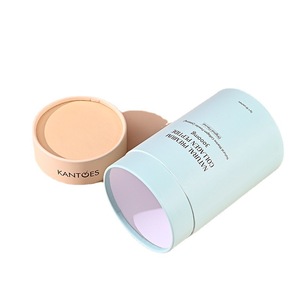
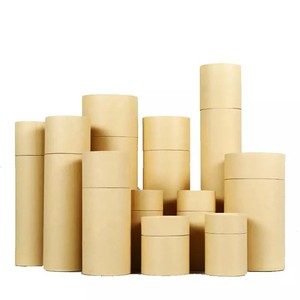


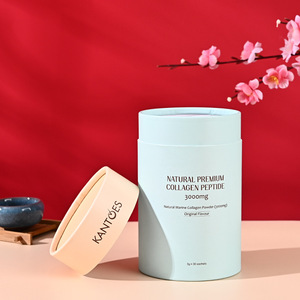


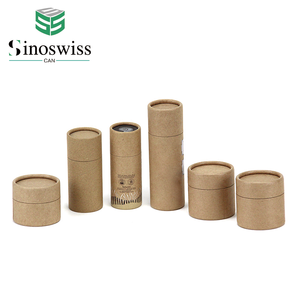

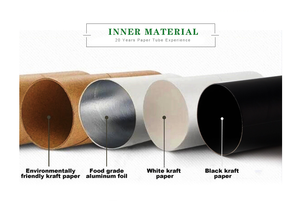









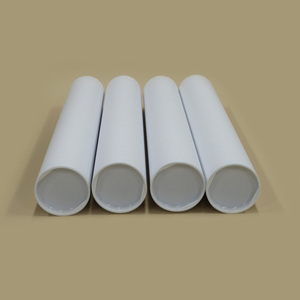





Heavy-duty cardboard tubes come in various forms, each engineered for certain uses. The key variation among types lies in their diameter, wall thickness, and cover. Here are the most important types of heavy-duty cardboard tubes.
Straight-edged tubes are the most common type of heavy-duty tube. They have straight, flat edges on both ends. This design aids easy stacking and uniformity in multi-layer packaging systems. Their strength makes them ideal for shipping heavy goods.
Finishing rolls, often used in industries like textiles and carpets, have one tapered end. This taper helps in rolling materials tightly. Also, the other end is flat and sturdy. These tubes are durable and ensure safe shipment and storage of rolled products.
Center fit tubes are great for providing inner support during shipping. Their unique design incorporates spaces for centering pulls or cables in heavy machinery. The reinforced walls guarantee that sensitive equipment remains undamaged.
These tubes balance form and function. They enable efficient organization while securing crucial structural benefits during transit.
Spiral wound tubes possess exceptional tensile strength. They are ideal for structural applications such as cores in manufacturing. The spiraling technique of their assembly allows flexibility in customizing wall thicknesses based on demand.
This makes them versatile across industries requiring varied weights and measures. Their robust nature permits them to bear weight loads without squashing or bending over time.
The design of heavy-duty post boxesgreatly reflects how well and safely they do their work. Important aspects of their design include how strong the walls are, the kind of paper used, and if they have any extra features. Let's see more about this.
The core thickness is fundamental to the durability of heavy-duty tubes. A thicker core stands for higher strength and tighter length. In this regard, heavy-duty cardboard tubesoften range from 3 to 6 millimetres in thickness. This range is suitable for shipping or storing very heavy things.
In concrete terms, heavy-duty tubes are mostly made of recycled kraft paper. This paper has great flexibility and tensile strength properties. In some cases, virgin kraft paper boosts sturdiness where extra endurance is needed. A variety of paper grades can be assembled to form the tube walls. This construction allows for a combination of thickness and pliability.
Depending on the application, various closure systems can be integrated into the design of heavy-duty cardboard tubes. Commonly, either screw-cap plastic ends or reinforced paperboard both securely protect the contents during transport.
Hence, selecting the proper closure method relies on factors like the final product being shipped and how long it has to travel.
Many heavy-duty cardboard tubes are made in custom sizes and colors. This helps businesses because the tubes can be made to fit specific products and brand looks. The tubes can also be printed on, which makes advertising or putting instructions on the tube possible.
Heavy-duty cardboard tubes work well in many factories and commercial spaces. Below are their most common uses in these places.
These tubes come in handy for winding thread, wire, and other materials. Heavy-duty tubes assure that the final product will have smooth winding without any unevenness when transporting or storing items. So, winding machines in textile and metalworking industries prefer these tubes so that production flows smoothly.
In packaging, these tubes act as cores for making rolls of paper, plastic, and other flexible materials. They support these materials during transport and storage. The tubes also protect the materials from getting squished or damaged. In logistics warehouses, these tubes sort and transport the materials safely.
The tubes give temporary support in construction projects, like props for ceilings during build work. They replace wooden supports, making the job lighter and better for the environment. Construction crews like the tubes for their ability to hold a lot of weight and cheapness.
In design work, the tubes build unique furniture pieces. For example, they build chairs, tables, and shelves that look cool and modern. Designers pick the tubes to make durable and sustainably designed items. They have a very low carbon footprint compared to metal or plastic.
In older machines, heavy-duty tubes serve as shafts or rollers. They move parts or belts smoothly when manufacturing constant. The saving grace is these tubes are better than steel shafts and lighter, easier to transport. They are the go-to support items in factories to make work more efficient.
Picking the right custom cardboard poster tube needs careful thought. One must consider specific factors to choose the right heavy-duty cardboard tubes. Below are the factors.
This factor is the most important consideration. How much weight the tube can hold without collapsing or warping and the tube's core diameter determine this load-bearing capacity. For instance, heavier products need thicker-walled tubes with larger diameters. On the other hand, lighter items do not require reinforcing structures.
Generally, heavy-duty tubes are manufactured from recycled or virgin kraft paper. Both two have benefits. Virgin kraft paper tubes are tougher and smoother. They ensure the contents remain undamaged and the outer surface is very elegant. Meanwhile, recycled kraft paper tubes are eco-friendly and cheaper.
Businesses often require tubes to be in special sizes, colors, or printed with logos. This demand helps personalize packaging and improve product branding. Therefore, suppliers should be able to offer customization options. It ensures the tubes fit the items well and match the brand's look.
These choices range from paper ends to plastic screw caps. They ensure the contents remain secured during transport or storage. The sealing choice also improve or lower the overall cost. Overall, tubes with better sealing systems have higher prices.
As mentioned earlier, many heavy-duty tubes use recycled materials. This factor makes them eco-friendly, cutting down on waste.
A1. Yes, they can be used outdoors. Specifically, when treated with a protective coating. This coating shields them from moisture and direct sunlight. However, they are primarily designed for indoor use. Essentially, users should consult manufacturers regarding outdoor suitability.
A2. Yes, they are recyclable. Usually, they are made from recyclable materials. They can be reused for new packaging or paper products after their initial use. Nonetheless, tubes should be clean and free from non-recyclable contaminants. For example, plastic components before recycling.
A3. Heavy-duty cardboard tube boxesdo not require rigorous maintenance. However, they should be stored in dry, cool places away from direct sunlight. Doing this helps prevent deterioration caused by moisture.
A4. These tubes come in diverse sizes. Normally, they range from 1 inch to 12 inches in diameter. The diameter varies based on the particular application requirement. They are also available in sizes that can be tailormade to customers' needs.
A5. Commonly, they are not waterproof. However, they can be made water-resistant with special coatings. These coatings are not economical. Therefore, they are typically reserved for applications exposure to moisture.